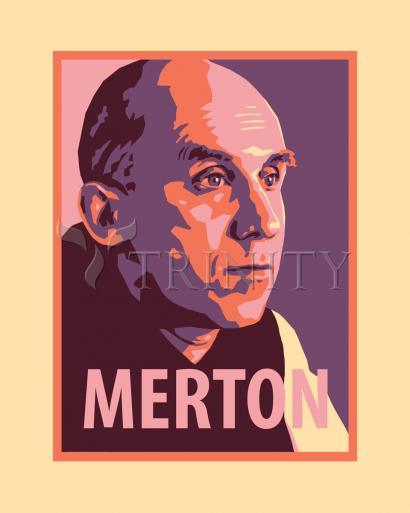Collection: Thomas Merton

-
Sale
Wood Plaque Premium
Regular price From $99.95 USDRegular priceUnit price per$111.06 USDSale price From $99.95 USDSale -
Sale
Wood Plaque
Regular price From $34.95 USDRegular priceUnit price per$38.83 USDSale price From $34.95 USDSale -
Sale
Wall Frame Espresso
Regular price From $109.95 USDRegular priceUnit price per$122.17 USDSale price From $109.95 USDSale -
Sale
Wall Frame Gold
Regular price From $109.95 USDRegular priceUnit price per$122.17 USDSale price From $109.95 USDSale -
Sale
Wall Frame Black
Regular price From $109.95 USDRegular priceUnit price per$122.17 USDSale price From $109.95 USDSale -
Sale
Canvas Print
Regular price From $84.95 USDRegular priceUnit price per$94.39 USDSale price From $84.95 USDSale -
Sale
Metal Print
Regular price From $94.95 USDRegular priceUnit price per$105.50 USDSale price From $94.95 USDSale -
Sale
Acrylic Print
Regular price From $94.95 USDRegular priceUnit price per$105.50 USDSale price From $94.95 USDSale -
Sale
Giclée Print
Regular price From $19.95 USDRegular priceUnit price per$22.17 USDSale price From $19.95 USDSale -
Custom Text Note Card
Regular price From $300.00 USDRegular priceUnit price per$333.33 USDSale price From $300.00 USDSale
ARTIST: Julie Lonneman
ARTWORK NARRATIVE:
Trappist monk Thomas Merton was the channel through which the Spirit restored contemplative prayer to the Church in our times. This essential practice and the alternative consciousness it fosters had fallen away over the centuries. Merton rediscovered it in the silence and discipline of life at Gethsemane, the Cistercian Abbey in the hills of Kentucky. Others have since nurtured its growth among Christians of all denominations.
“As I complete this image on the 100th anniversary of Thomas Merton’s birth, I am filled with gratitude for his life. I read his autobiography The Seven Storey Mountain as a precocious eighth grader. Though surely not understanding the depths of his writing, nonetheless this and his other books strongly influenced my spiritual journey.”
—Julie Lonneman
- Art Collection:
-
Martyrs & Holy People
- Lonneman collection:
-
Contemporary Prophetic Voices
Thomas Merton, O.C.S.O. (January 31, 1915 — December 10, 1968) was an American Catholic writer and mystic. A Trappist monk of the Abbey of Gethsemani, Kentucky, he was a poet, social activist, and student of comparative religion. In 1949, he was ordained to the priesthood and given the name Father Louis.
Merton wrote more than 70 books, mostly on spirituality, social justice and a quiet pacifism, as well as scores of essays and reviews. Among Merton's most enduring works is his bestselling autobiography The Seven Storey Mountain (1948), which sent scores of World War II veterans, students, and even teenagers flocking to monasteries across the US, and was also featured in National Review's list of the 100 best non-fiction books of the century. Merton was a keen proponent of interfaith understanding. He pioneered dialogue with prominent Asian spiritual figures, including the Dalai Lama, the Japanese writer D.T. Suzuki, the Thai Buddhist monk Buddhadasa, and the Vietnamese monk Thich Nhat Hanh, and authored books on Zen Buddhism and Taoism. In the years since his death, Merton has been the subject of several biographies.


















